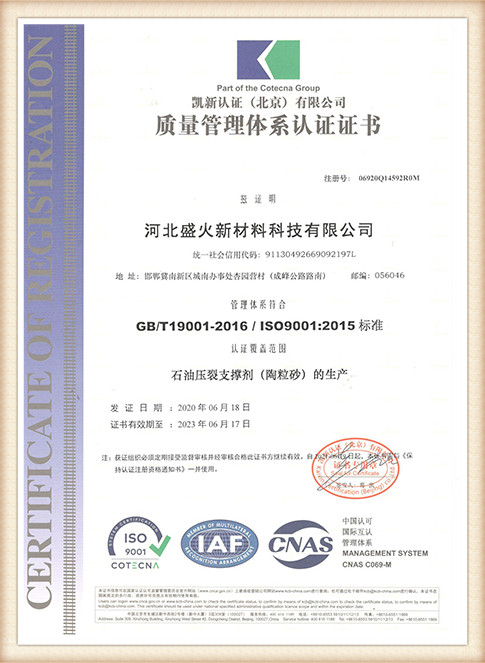The Importance of Sand in Metal Casting
Metal casting is an ancient technique that has undergone significant innovations over the centuries. Among the most crucial materials in the casting process is sand, which plays an instrumental role in shaping and producing metal components in various industries. The use of sand as a molding medium has distinct advantages, making it the preferred choice for many foundries worldwide.
The Importance of Sand in Metal Casting
The composition of the sand is also pivotal. Typically, silica sand is used due to its availability and properties. However, the addition of other materials, such as clay and water, to create a sand binder enhances the mold's strength and durability. The sand mixture can be tailored to meet specific requirements, allowing for versatility in casting complex shapes and details. This adaptability is particularly beneficial in industries such as automotive and aerospace, where precise and intricate components are vital.
sand for metal casting

Another significant advantage of sand casting is its cost-effectiveness. Sand molds can be produced relatively quickly and at a lower cost compared to other molding materials, such as metal or ceramic. Once the initial mold is created, it can often be reused multiple times, further reducing production costs. Additionally, the simplicity of the sand casting process enables manufacturers to ramp up production efficiently, which is crucial in meeting market demands.
Sustainability is becoming increasingly important in manufacturing processes, and sand casting boasts an environmentally friendly profile. Used sand can be recycled or reclaimed after casting, making it a sustainable choice for foundries. Furthermore, advancements in technology allow for the development of eco-friendly sand materials, reducing the environmental impact even further.
However, challenges do exist in the sand casting process, such as sand erosion and defects in the final cast. Foundries must maintain strict quality control measures to ensure the sand's composition and properties meet the required standards. Regular monitoring and testing are essential to overcoming these challenges and maximizing the efficiency of the casting process.
In conclusion, sand is a vital component in metal casting, offering excellent thermal stability, cost-effectiveness, and adaptability. Its ability to produce high-quality castings while maintaining sustainability makes it a preferred choice in various industries. As technology continues to advance, the potential for improved sand casting processes can lead to even greater efficiencies and innovations in manufacturing. As such, the role of sand in metal casting will remain prominent for years to come.
Post time:Հկտ . 22, 2024 04:47
Next:Understanding Various Sands Utilized in Sand Casting Processes
